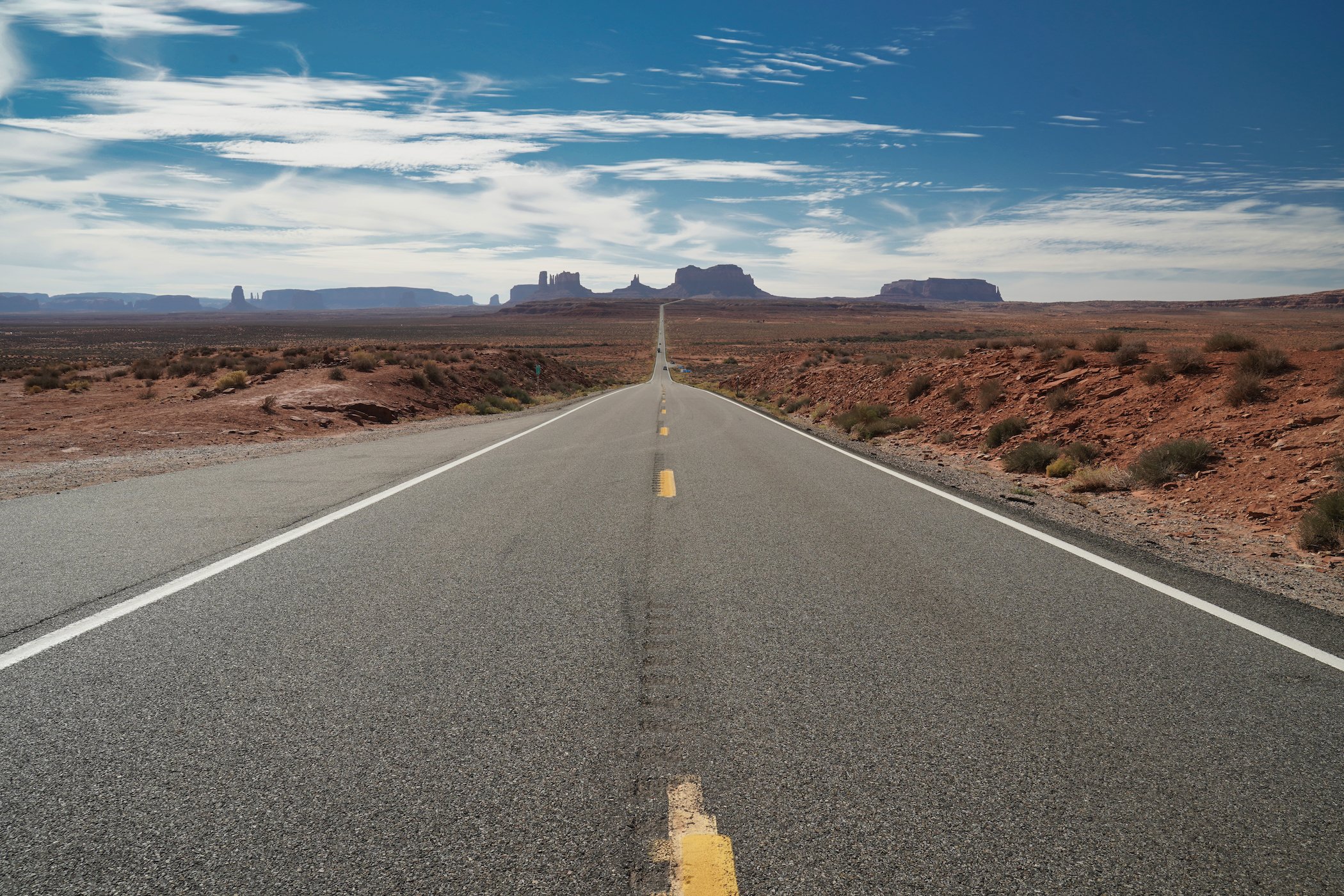Monument Valley: The American Archetype
This is a landscape immediately recognizable. Its shear scale and beauty have made it a backdrop for many of the famous “Westerns” that painted a vision of America for people all over the globe. John Ford especially loved the raw beauty of the place that brought him together with John Wayne to create the cinematic masterpieces that made them both legendary and have influenced our perceptions of of these great expanses as much as any medium. Perhaps John Wayne put it best upon seeing The Valley for the first time: “So this is where God put the West.”
Monument Valley is a place that many of us are aware of but few of us have visited. That’s partly because its not really near anything. Have you ever heard someone say they are flying into Monument Valley for the weekend? I’m guessing not. As you can see on the map, its not to close to anything, sitting astride the invisible line that separates Arizona and Utah. A beautiful way to see this part of the country is with my partners at Insight Vacations on their Enchanting Canyonlands tour. This itinerary stops at many of the most beautiful locations in the Southwest, including Sedona, Monument Valley, Zion, and Bryce. That being said, with a good plan you can visit Monument Valley on your own. But you really do…..need…a plan.
I flew into Durango, Colorado, which is a great jumping off point for a number of adventures, including the San Juan Skyway which I’ll write about in a future post. The ride to Monument Valley offers interesting scenery, culminating in the famous Forrest Gump turn-around point as seen in the photo on the right. The Valley is not a National Park. It’s a Navajo Tribal Park that sits within the broader Navajo Nation. The Nation encompasses over 27,000 square miles in the American Southwest and is the largest reservation in the United States. (The Navajo is also currently the largest tribe.)
There are only two traditional lodging options in the immediate vicinity of the park. The most iconic of the two is Gouldings Lodge. Built in 1928, Gouldings is inextricably intertwined with the park’s movie making legacy. While Gouldings is located about 5 miles from the Park entrance, The View Hotel is a more modern option located in the park itself, featuring sweeping vistas of the valley. (The photo on the left was taken from my third floor balcony. A special thanks to the raven for making a serendipitous appearance.) I would also note that there are camping options available, but the procedures are quite strict, ensuring that all overnight activity remains within designated areas. No matter what your overnight plans are, a reservation will be required and should be made well ahead of time.
Visiting the valley itself is not complicated. There is a 17-mile loop that takes you to some of the most well-known points. The cost is $20 per vehicle, and can be paid at the gate. Keep in mind that even during off-season, a strict limitation is placed on the number of private vehicles in the valley, so be prepared to wait for your turn to enter. While the drive is surely spectacular, you may only park in designated areas, and you are not allowed to walk away from the road itself. Among the most remarkable views along the loop is Artist’s Point (photo on right), aptly named for the striking natural compositions of the landscape.
Although you could do the 17 mile-loop in your own vehicle and call it a day, I would highly suggest hiring a local Navajo guide to take you out in the early morning or late afternoon to venture off the beaten path. There is another world waiting for you, but you can only experience it if you are accompanied. A good guide will help position you for the most iconic photos, such as the sunrise shot above of the Totem Poll formation. Beyond the photography, guides will lead you deep into the history of the area, revealing art from pre-Navajo cultures (right). I am a huge advocate of hiring local guides, regardless of your destination. Beyond getting off of the beaten path, getting to know a local guide connects you in the deepest way to the places that you visit. You’ll remember the people even after the places have faded.
A few quick thoughts on photography. If you intend to venture out early morning to capture silhouette shots of the rock formations at sunrise, you may best be served by a full-featured camera and a tripod. Otherwise, you will be well-served by a late model smartphone camera. Don’t be afraid to experiment with your approach, especially when it comes to black and white photography. Sometimes, when you want to emphasize the geometry in a scene, black and white can be a good choice because it emphasizes lines and shapes in ways that color photos cannot. To get more thoughts on travel photography, check out my previous blog posts here.
Like always, I have to say thanks. First of all, I want to thank Ray Begay, our Navajo guide while we were there. He is exceptionally friendly and knowledgable with a special talent for finding the best photo spots! You can reach Ray at raybegay49@gmail.com to schedule your own tour. I also want to thank my traveling companion John Clark. John is the most knowledgable person I know when it comes to the American West. He is currently a guide in Yellowstone National Park, but travels extensively throughout West. You can follow his photography and adventures on Facebook here. I hope this short article and accompanying images inspire you to keep exploring our beautiful country. 🇺🇸
Ear of the Wind









